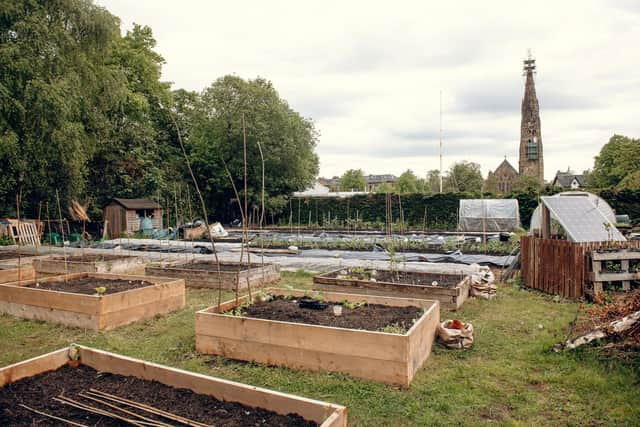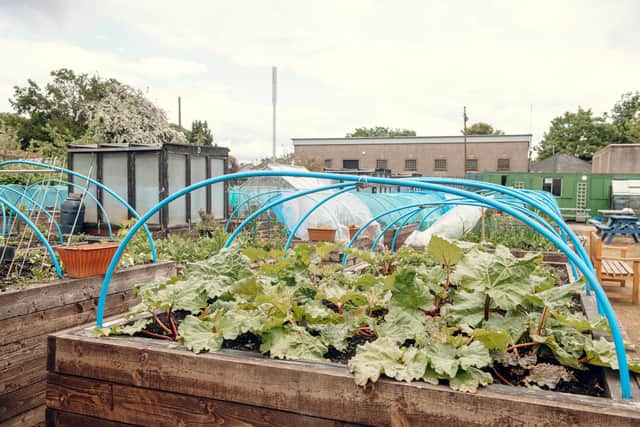Campaign to tackle Scotland's 11,000 hectares of abandoned land
Around one in three Scots lives within 500m of a site that has been unused for 20 years or more, but many of the most deprived urban areas have the highest concentration.
These disused plots – almost 600 have been identified – can cause significant harm to communities, ranging from negative impacts on mental and physical health to vandalism, littering, fire-raising and other safety concerns.
Advertisement
Hide AdAdvertisement
Hide AdThe Scottish Land Commission (SLC) believes these 11,000 hectares of neglected land represent a “missed opportunity” and is setting its sights on getting some of it back into use to benefit people and the environment.


The body, which was established in 2017 by the Scottish Government to address ownership, taxation and effective use of land for the common good, is staging a series of events this month to highlight ways that long-term vacant and derelict sites can be redeveloped.
They say there is huge potential for them to be transformed into assets, with a wide range of potential uses – from green spaces and gardens to community facilities such as play parks or for homes and businesses.
And the public sector can lead the way, helping to tackle the legacy of derelict land and preventing further sites and buildings from falling into long-term disrepair in the future.


Kathie Pollard, policy and practice lead for SLC, said: “The types of opportunities are huge, from creating community gardens and green spaces for recreation to building new homes and amenities.
“Bringing these sites back into use has multiple benefits for public health, can create jobs and boost the economy and also help tackle climate change and loss of biodiversity.
“There is so much scope for places to be used better.”
The four Land Reuse Month seminars will examine proactive estate management, managing fragmented land ownership, the role of land in community wealth-building and how to attract investment.


The sessions will also highlight sites that have been transformed across Scotland.
Advertisement
Hide AdAdvertisement
Hide AdThe campaign builds on the recommendations of the Vacant and Derelict Land Taskforce, jointly created by the Scottish Land Commission and the Scottish Environment Protection Agency, to transform Scotland’s approach to vacant and derelict land.
The first seminar was held this week and was well-attended by a range of public sector workers, community groups and other interested individuals.
Scottish environment and land reform minister Màiri McAllan was one of the speakers.
She said: “The Scottish Government is determined to transform vacant and derelict land across the country to create new green infrastructure and provide environmental, social and economic opportunities for local communities.”
The £50 million low-carbon Vacant and Derelict Land Investment Programme was launched last year.
SLC chair Andrew Thin said: “We don’t underestimate the scale of the task in bringing back into use the countless derelict sites which are a remnant of our industrial past, but they have the potential to be a huge national asset.“By bringing together prominent stakeholders including local authorities, decision-makers, policy influencers, land and planning experts, and other enthusiastic parties during Land Reuse Month, we can drive real change to the way we approach land using it as an asset that can contribute to community well-being and net zero carbon objectives.”
A message from the Editor:
Thank you for reading this article. We’re more reliant on your support than ever as the shift in consumer habits brought about by coronavirus impacts our advertisers.
If you haven’t already, please consider supporting our trusted, fact-checked journalism by taking out a digital subscription.
Comments
Want to join the conversation? Please or to comment on this article.
